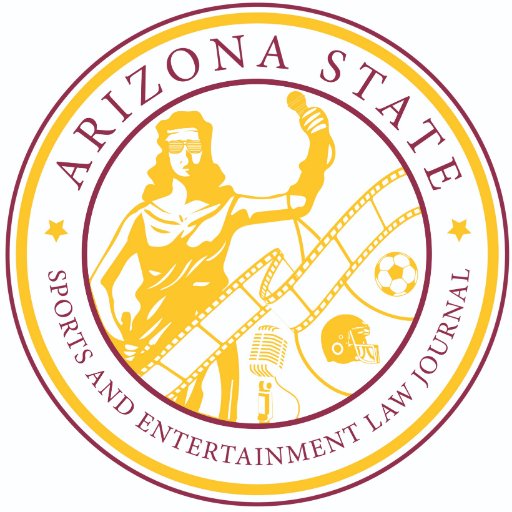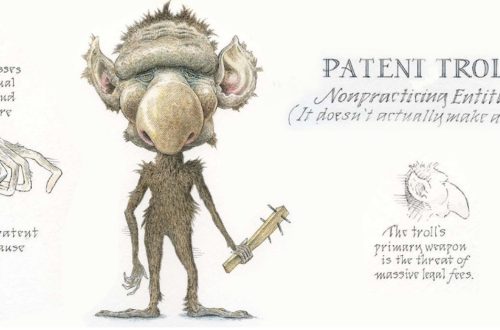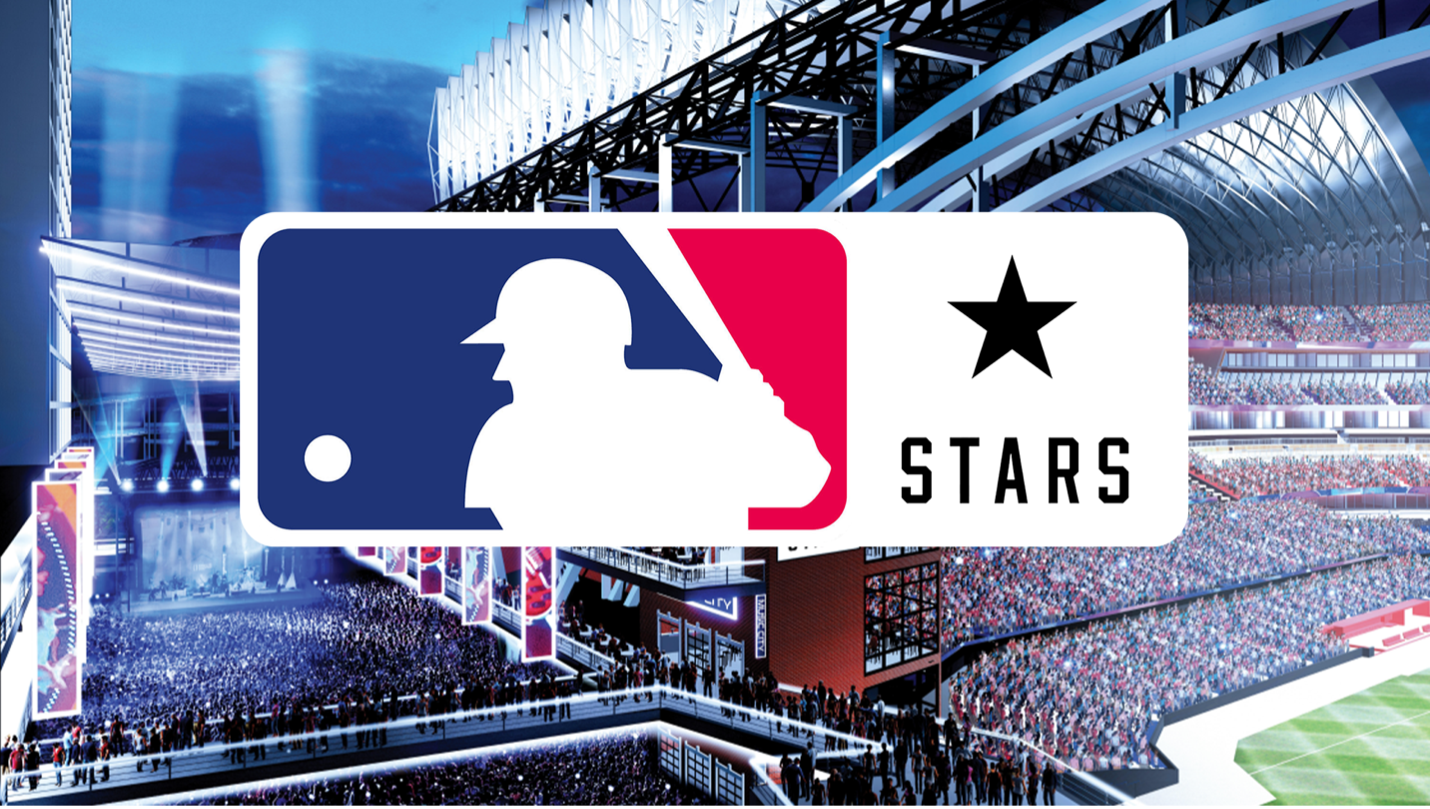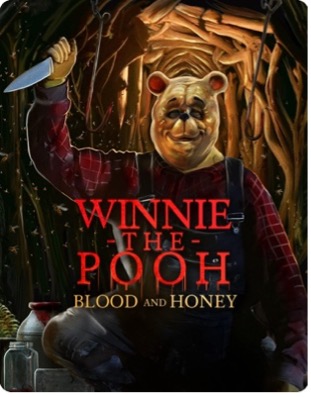By: Jacob Broussard
An individual walking into a powwow for the first time would be forgiven for assuming these storied events have existed for millennia. Beating drums, vocable singing, and dancers donned in traditional regalia are essential elements of the event. Though seemingly “traditional,” the powwow as we know it today is a relatively new phenomenon in Indian Country. While there is much debate as to the beginnings of the powwow, it was during the twentieth century that these community events first arose, galvanizing the nation-to-nation attitude shared throughout the majority of Indian Country at the time.[1] They are a space for Indigenous peoples to just be.[2] Thus, in early 2020, the question arose: How can such an integral piece of Native culture and community survive the COVID-19 pandemic? Today, trapped indoors and behind screens, the powwow community now finds itself divided – those who choose to adapt and those who choose to defy.
In late March, an Indigenous dance movement, the Social Distance Powwow, was born.[3] Like many Indigenous traditions, the movement was born out of necessity. Originally started on Facebook, the group formed due to strict social distancing measures imposed in many Indigenous communities.[4] In an interview with Vox, Hannah Orie (Lac Courte Oreilles Band of Lake Superior Chippewa Indians descendant), spoke of the need for virtual events in Indian Country: “What if one of us is going [into town or work] and we talk to one of our most prized language speakers . . . and they happen to get sick and be gone? Like that’s it.”[5] Orie’s comments highlight just one of many considerations facing Indigenous peoples during the pandemic and reveals the continued history of adaptation within Indian Country to this day.
Despite the rise in groups such as the Social Distance Powwow, some events are still occurring, raising questions of their legality amidst restrictions on social gatherings. In July, the 9th annual Inter-Tribal Native American Pow-Wow in Drums was filled with tribal dancers, flag bearers, and spectators.[6] Hosted by the Wyoming Trail Council of Pennsylvania’s Native Americans, the event chose to move forward while instituting new regulations.[7]Though dancers were spaced out and spectators asked to wear masks, the organizers specifically requested attendees not cause trouble, stating that “if someone sits next to you not wearing a mask, . . . don’t argue with them that they should wear a mask . . .”[8]
Events such as the Pennsylvania powwow above have been moving forward despite local health regulations, causing many to pose questions regarding their legality and perhaps more importantly, the jurisdictional implications of social distancing enforcement. In both the United States and Canada, federally recognized tribes exercise a certain degree of jurisdiction over civil matters occurring on their sovereign lands.[9] In Canada, a Lake Manitoba Chief said in May that “his community will hold its annual powwow next month even if provincial public health orders continue to limit the size of public gatherings.”[10] Earlier in May, the Canadian Indigenous Services Minister Marc Miller said that “Canada must not and will not prohibit these important practices.”[11]
To fight the spread of COVID-19, governments from throughout the globe have imposed restrictions on their citizens’ freedom to move and gather. This is no different on tribal lands. In Indian Country however, many residents on tribal land are not tribal citizens, and often scorn tribal regulatory authority.[12] Tribes possess the power to enforce their laws against tribal citizens in tribal court, but this is not always the case with non-tribal members. Many questions, including a tribe’s ability to issue a citation to a non-tribal member remain unanswered by federal courts.[13] For example, in New Mexico, Cibola and McKinley County law-enforcement officials insisted that the Navajo Nation could not enforce its curfew on nonmembers.[14] In South Dakota, the governor demanded that the Cheyenne River Sioux Tribe and the Oglala Sioux Tribe either undo or relax their plans to blockade reservation roads to restrict people’s movement, leading to federal litigation.[15]
Tribal regulatory authority does not stem from the Constitution. As sovereign nations, federally recognized tribes exercise freedom to regulate tribal members’ activities on tribal lands, though this does not always extend to non-tribal members.[16] Furthermore, the federal government does not possess the power to enter tribal lands and enforce federal health orders such as social distancing and mask mandates. The relationship is one of “government-to-government” rather than the government and the governed.[17] The issue also extends to tribes who do in fact wish to extend these health orders to tribal citizens and non-tribal citizens. Absent judicial precedent, there are still looming questions that need to be answered in order for tribal nations to freely protect their citizens.
Despite several tribes’ decisions to move forward with public powwows in person, the vast majority of events have either been cancelled or moved online. With nearly 250,000 members, groups like the Social Distance Powwow are gaining steam in an increasingly digital world, ensuring that tribal citizens and non-tribal citizens alike can continue to engage in the importance of powwow culture.[18] As of this writing, no legal action against tribes regarding public powwows has been publicized, yet the questions of jurisdiction and the legality of defying local and federal health orders is a question that will likely not fade anytime soon in the age of COVID-19. In the midst of the pandemic, Indigenous peoples continue to come together digitally to continue speaking their languages, practice their traditions, and support each other.
[1] Paul G., What is a Native American Pow Wow?, Powwows.com (July 24, 2011), https://www.powwows.com/what-is-a-pow-wow/.
[2] Rory Taylor, Indigenous Communities Have Moved Powwows to the Internet, Vox (June 17, 2020, 12:30 PM), https://www.vox.com/first-person/2020/6/17/21292945/coronavirus-native-americans-pow-wow-indigenous-peoples.
[3] Id.
[4] Id.
[5] Id.
[6] Carmella Mataloni, Native American Organization Hosts Pow-Wow in Luzerne County, WNEP-TV (July 19, 2020, 4:45 PM), https://www.wnep.com/article/news/local/luzerne-county/native-american-pow-wow-luzerne-county/523-9907f2d6-03b2-4658-b556-ff5cb21348f4.
[7] Id.
[8] Id.
[9] Mont. v. United States, 450 U.S. 544 (1981).
[10] Kelly Geraldine Malone, Chief Says Manitoba First Nation Going Ahead with Powwow Despite Public Health Orders, (May 28, 2020, 7:25 AM), https://www.cbc.ca/news/canada/manitoba/powwow-covid-19-manitoba-1.5587952.
[11] Id.
[12] Matthew L.M. Fletcher, Why Tribes Should Have the Power to Enforce Strict Coronavirus Policies, The Atlantic (July 18, 2020), https://www.theatlantic.com/ideas/archive/2020/07/tribes-coronavirus-enforcement/614242/.
[13] Id.
[14] Id.
[15] Matthew Campbell, Cheyenne River Sioux Tribe v. Donald J. Trump, Turtle Talk, (June 24, 2020), https://turtletalk.blog/2020/06/24/cheyenne-river-sioux-tribe-v-donald-j-trump/.
[16] See Mont., 450 U.S. 544.
[17] Centers for Disease Control and Prevention, Tribal Communities: Plan, Prepare, and Respond (2021), https://www.cdc.gov/coronavirus/2019-ncov/community/tribal/index.html.
[18] See Taylor, supra note 2.





